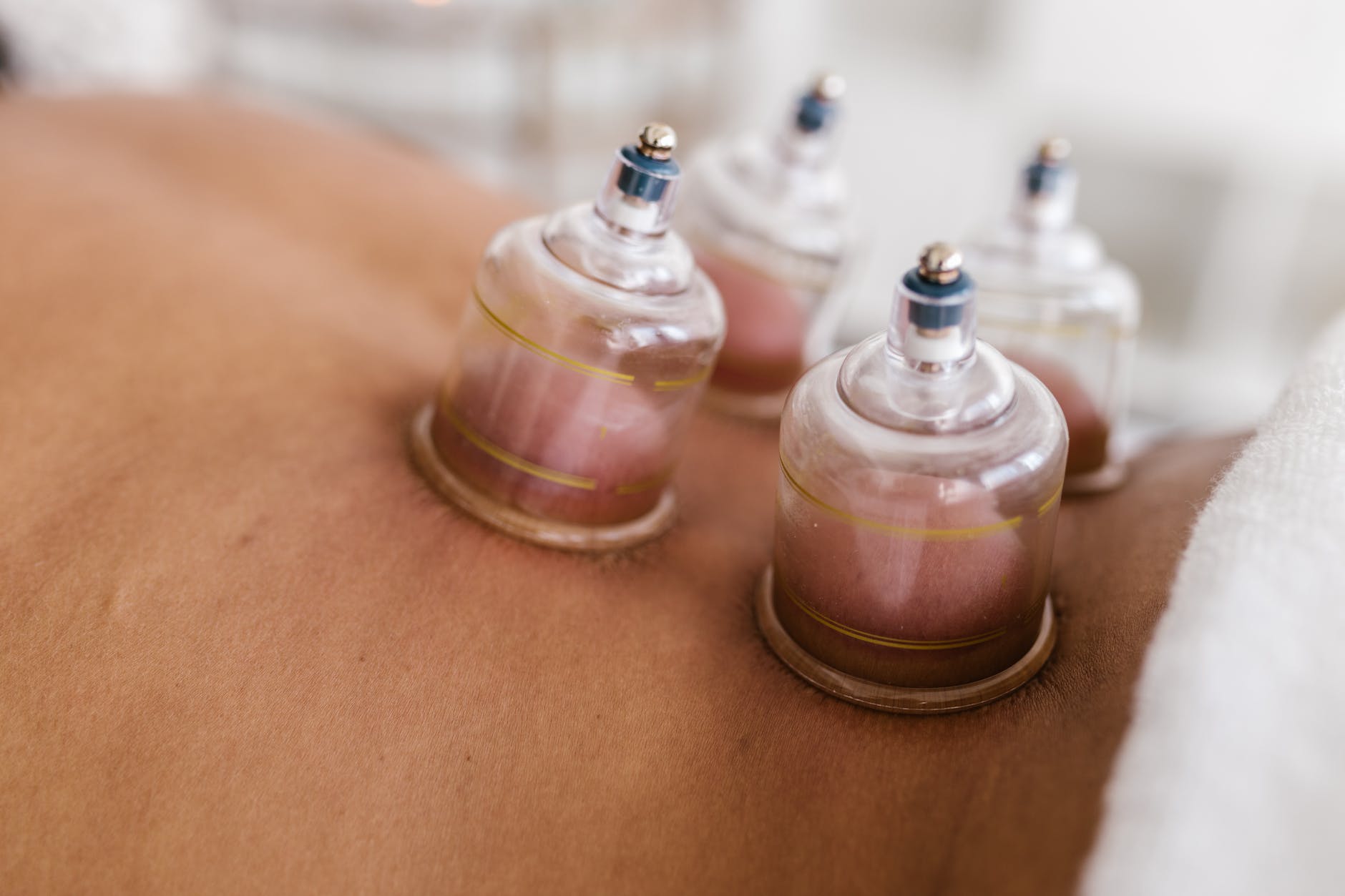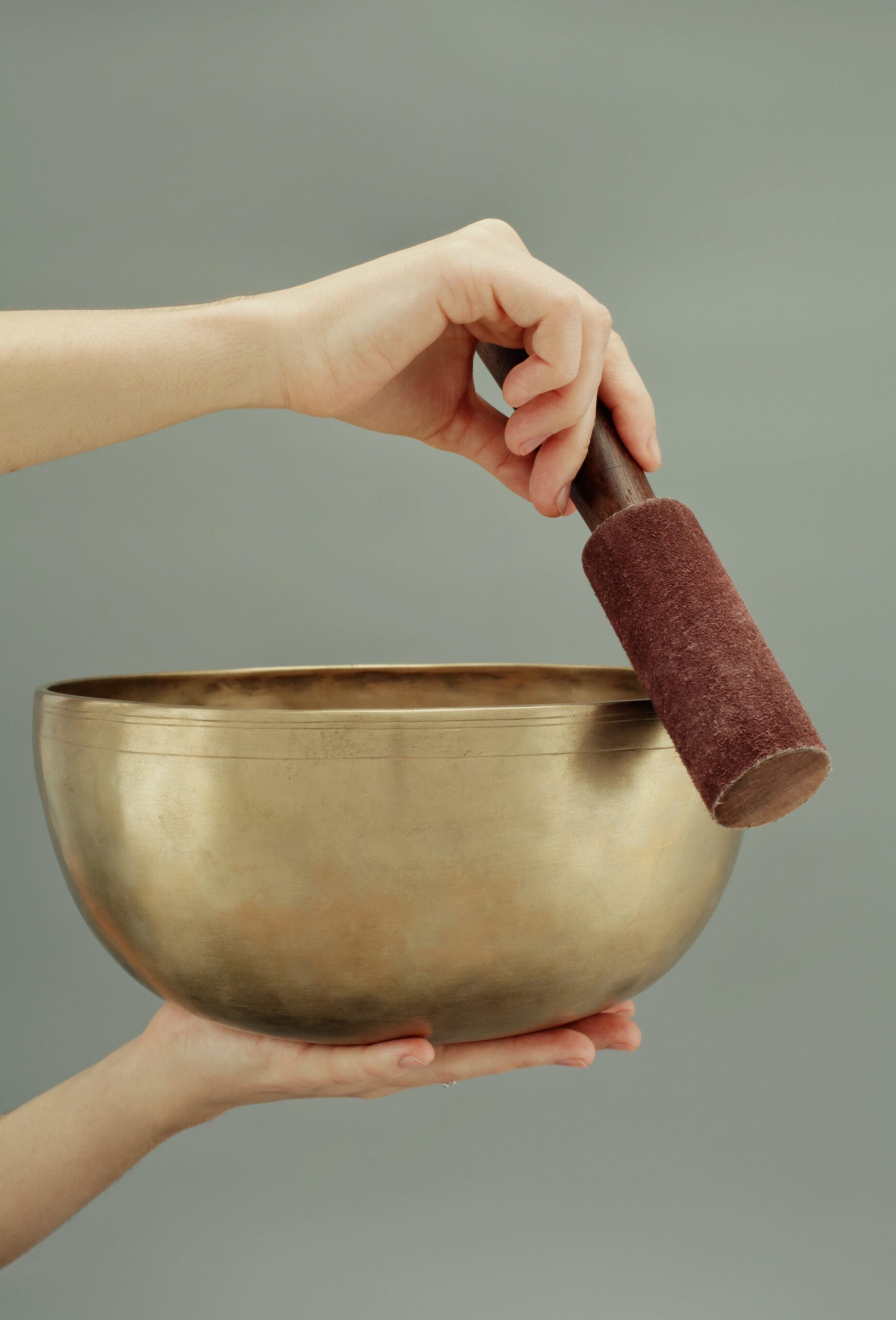Craniosacral Therapy
Craniosacral therapy is NOT a massage. It is a light touch therapy often studied and practiced by massage therapists. Although, it is not uncommon for chiropractic practitioners, physical therapists, dentists, and speech therapists to perform this type of therapy as well. A typical session takes place in a quiet, private setting. Some therapists prefer to perform this technique in silence while others choose to use calming music or nature sounds. You remain fully clothed as you relax on a comfortable, padded table. The therapist begins by gently palpating various parts of the head and body to monitor the rhythm of the fluid that is flowing around your central nervous system. By listening carefully with the hands to locate areas of weak fluid flow, your practitioner can trace those areas of weakness through the body to the original source of dysfunction.
The main principle of this practice, at its core, is not about what the practitioner actively does to the body rather it is how the practitioner supports the self-healing capacity of the patient’s system. After evaluating a patient’s craniosacral rhythm, the therapist uses a touch about the weight of a nickel to specific points starting from the sacrum and working his or her way up the spine and along the suture lines of the cranium. This pressure is just enough to offer relief to an area where the body’s structure may be misaligned causing a restricted flow of cerebrospinal fluid. The benefit to using such a light form of touch is so the body is less likely to resist change.
Craniosacral Therapy History
If you haven’t heard of craniosacral therapy, you are not alone. People are aware of massage therapy, and it’s benefits to our health and wellbeing because massage has been a practiced holistic therapy for thousands of years. By contrast, craniosacral therapy has only been an implemented practice since the late 70s.
Craniosacral therapy was pioneered and developed by osteopathic physician John E. Upledger. He was inspired to explore the spinal fluid after assisting another surgeon performing a complicated surgery. Dr. Upledger’s key role during that surgery was to keep the spinal cord still as the surgeon scraped away a dime sized layer of plaque build up on the outermost layer of the spinal cord, referred to as the dura mater. Much to the chagrin of the lead surgeon, Dr. Upledger struggled. Despite the anesthesia, the pulse of the fluid from within the spinal cord maintained its normal rhythm. Where the breath rate and heart rate slow down dramatically after administering anesthesia, the craniosacral fluid maintained a rhythm of 6 and 12 cycles per minute. It was a challenging task but an educational experience for the doctor.
Following the experience, Dr. Upledger served as a clinical researcher and Professor of Biomechanics at the College of Osteopathic Medicine at Michigan State University from 1975-1983. It was during those years that his team of anatomists, physiologists, biophysicists, and bioengineers was tasked with performing experiments to test the existence and influence of the craniosacral system. The results of those scientific studies explained the function of the craniosacral system, and its use in evaluating and treating poorly understood malfunctions of the brain and spinal cord.
What Conditions Can CST Help?
-Migraines and headaches
-Chronic Neck and back pain
-Stress and tension related disorders
-Motor coordination impairments
-Infant and childhood disorders
-Spinal cord injuries
-Post concussion symptoms
-Chronic fatigue
-Fibromyalgia
-TMJ syndrome
-Scoliosis
-Central nervous system disorders
-Learning disabilities
-ADD/ADHD
-Post traumatic stress disorder
-Orthopedic problems
-Chronic Anxiety
-Panic attacks
-Insomnia
-Chronic pain issues
Contraindications for CST
-Increased Intracranial Pressure
-Acute Stroke (6-8 weeks)
-Herniated Medulla Oblongata
-Recent Skull Fracture (6-8 weeks)
-Cerebral Aneurysm
-Spina Bifida (Myelomeningocele)
-Arnold Chiari Malformation
-Cerebrospinal Fluid leak




